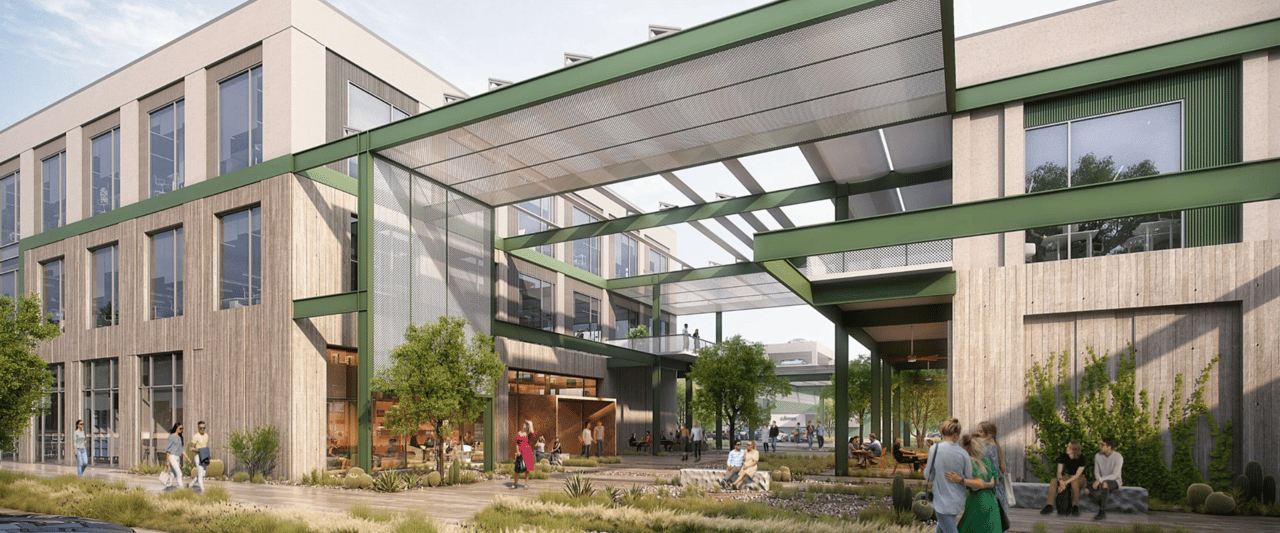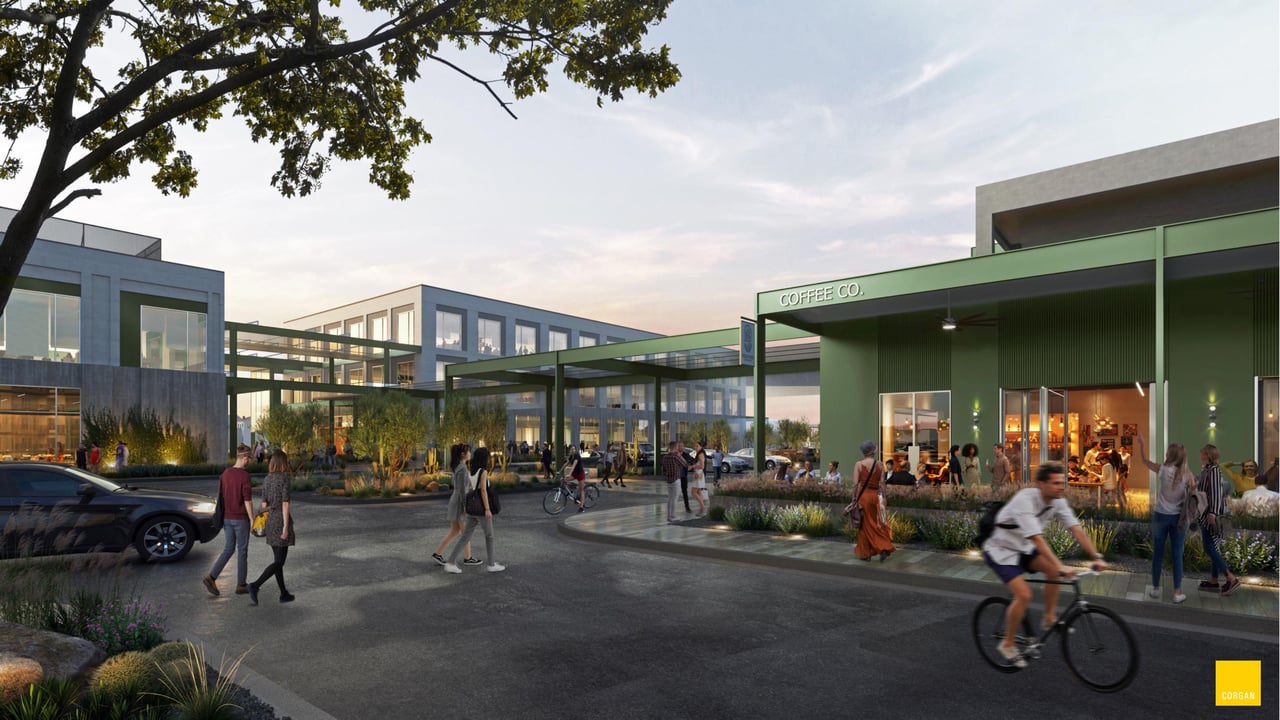
How Workforce-Centered Design Can Solve Healthcare’s Talent Crisis

Introduction: A Crisis That Demands Innovation
The United States is facing a healthcare workforce crisis of unprecedented scale. By 2030, the U.S. will need more than 275,000 additional nurses to replace retiring staff and meet increasing demand. In parallel, burnout among healthcare workers has reached alarming levels, with 40% of nurses citing it as a primary reason for leaving their roles. In rapidly growing communities like Maricopa, Arizona—where the population surged by over 27% in the last five years—these challenges are even more pronounced. (Source: Bureau of Labor Statistics, World Population Review)
But what if the solution lies not just in recruitment, but in reimagining the healthcare environment itself? Copper Sky, a pioneering mixed-use healthcare development, offers a blueprint for how thoughtful design can address the critical needs of the workforce while enhancing patient care.
A 2022 study found that nearly 70% of healthcare workers who considered leaving their roles cited inadequate workplace support as a factor.
The Workforce Challenge: A Structural Problem
Healthcare worker shortages are not a new issue, but they are becoming more acute. According to the Association of American Medical Colleges, the U.S. could see a shortage of up to 124,000 physicians by 2034. Coupled with an aging population—20% of Americans are expected to be 65 or older by 2030—this shortage threatens the sustainability of healthcare delivery. (Source: AAMC)
However, workforce challenges are not just about supply and demand; they are also about the environments in which healthcare workers operate. A 2022 study found that nearly 70% of healthcare workers who considered leaving their roles cited inadequate workplace support as a factor. This includes insufficient access to childcare, lack of wellness programs, and the stress of long commutes.
A New Vision: Workforce-Centered Design
Copper Sky is responding to these challenges with a workforce-centered design philosophy that prioritizes the well-being of healthcare workers alongside the needs of patients. This approach integrates innovative features to address workforce pain points:
1. Workforce Housing: Proximity as a Retention Tool
2. On-Site Daycare Facilities: Supporting Work-Life Balance
3. Wellness and Recreational Spaces: Addressing Burnout
The Economic Case for Workforce-Centered Design
Designing for caregivers is not just an ethical imperative; it is an economic one. Healthcare organizations lose billions annually to turnover and recruitment costs, with the average cost of replacing a nurse exceeding $40,000. Copper Sky’s integrated approach offers a cost-effective alternative by creating conditions that attract and retain talent.
Cost-Impact Analysis
A Holistic Ecosystem for Healthcare Excellence
What sets Copper Sky apart is its recognition that healthcare environments must evolve into ecosystems. By integrating housing, healthcare services, and community amenities, Copper Sky creates a model where caregivers can thrive personally and professionally.
Imagine a campus where nurses can drop their children off at daycare, grab a coffee at an on-campus café, and head to work within walking distance of their home. After their shift, they can relax in a green space or gym, surrounded by colleagues who share their community. This vision is not just aspirational—it’s achievable and necessary.
Call to Action: Rethinking Healthcare Campuses for the Future
The healthcare workforce crisis is not going away, but solutions like Copper Sky demonstrate that thoughtful design can make a tangible difference. By addressing the root causes of burnout, turnover, and dissatisfaction, workforce-centered campuses can create environments where both caregivers and patients thrive.
Let’s redefine healthcare campuses—not just for patients, but for the people who care for them.

Healthcare
How proactive investment in Maricopa’s healthcare infrastructure can secure market share and transform patient care.

Healthcare
A new blueprint for healthcare campuses that prioritizes caregivers while improving patient outcomes.

Healthcare
How Copper Sky’s visionary development is poised to transform Maricopa into Arizona’s next healthcare hub.
No need to coordinate updates to eight crews for every single change. With BR, you have a single point of contact for services from initial design to ongoing maintenance and everything in between.